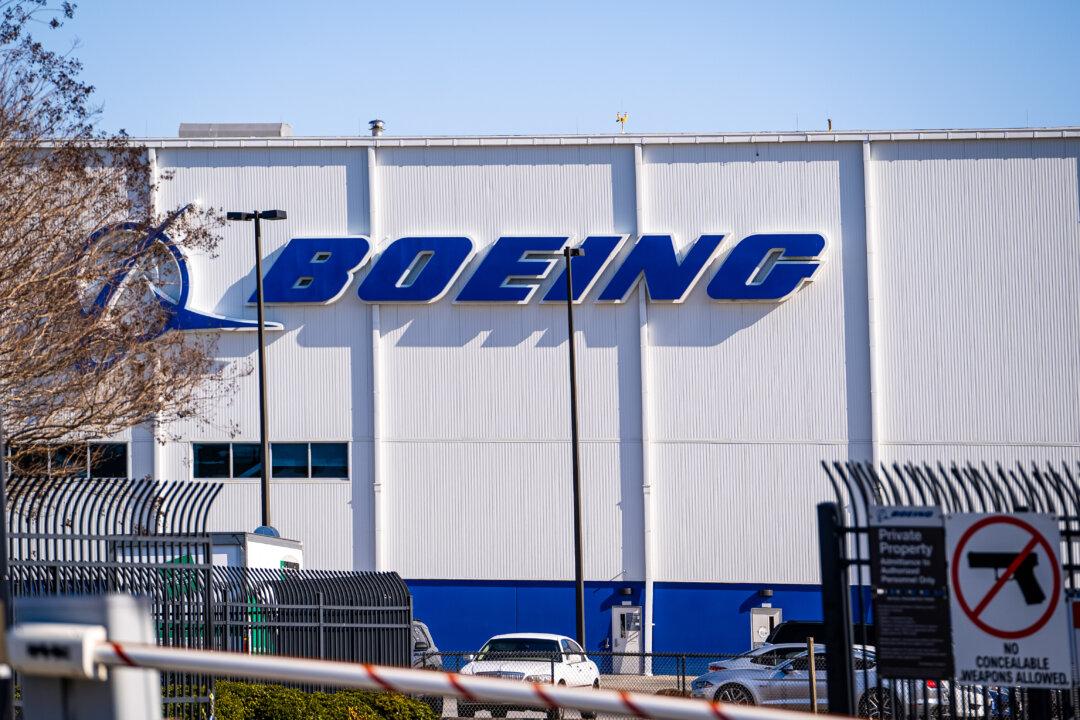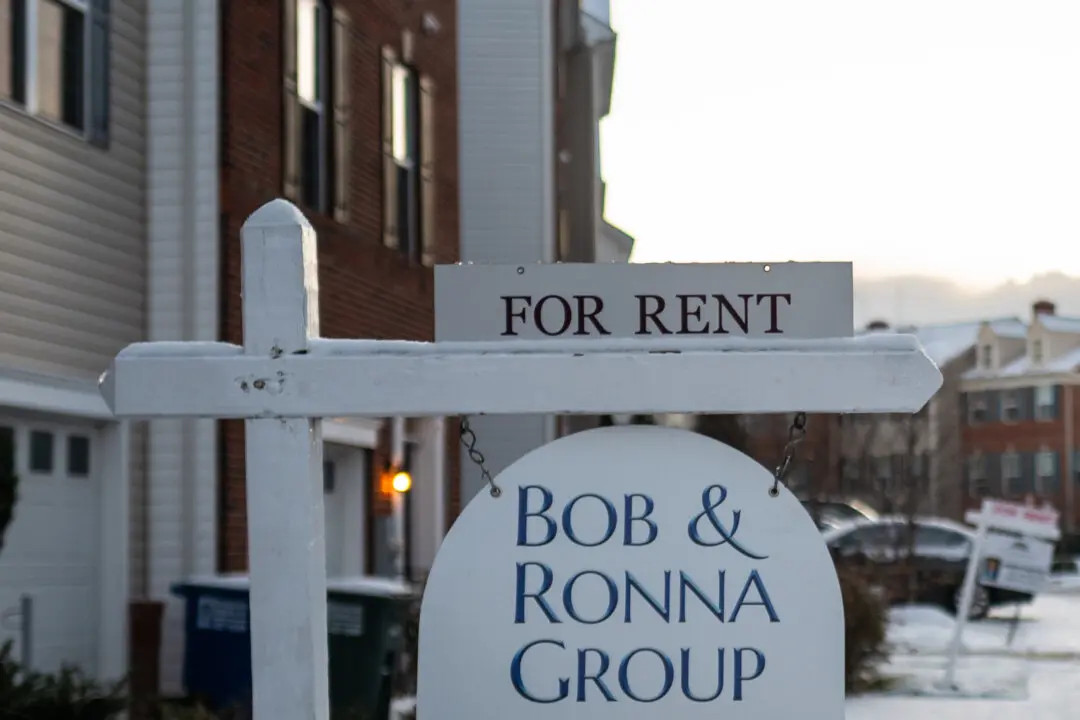A Boeing whistleblower has raised concerns about the company’s 787 Dreamliner aircraft, warning that the plane’s quality issues will make it “fall apart.”
Sam Salehpour, a quality engineer at Boeing who has worked with the company for fifteen years, is scheduled to testify on the aircraft manufacturer’s quality issues during a Senate Permanent Subcommittee on Investigations hearing on April 17. In an interview with NBC News on April 16, Mr. Salehpour said that Boeing’s issues with the 787 Dreamliner are “as serious as I have ever seen in my lifetime.” During the hearing, he specifically intends to highlight safety concerns related to gaps between the plane’s pieces of fuselage, which is the main structure of an aircraft that houses the passengers, flight crew, and cargo.





